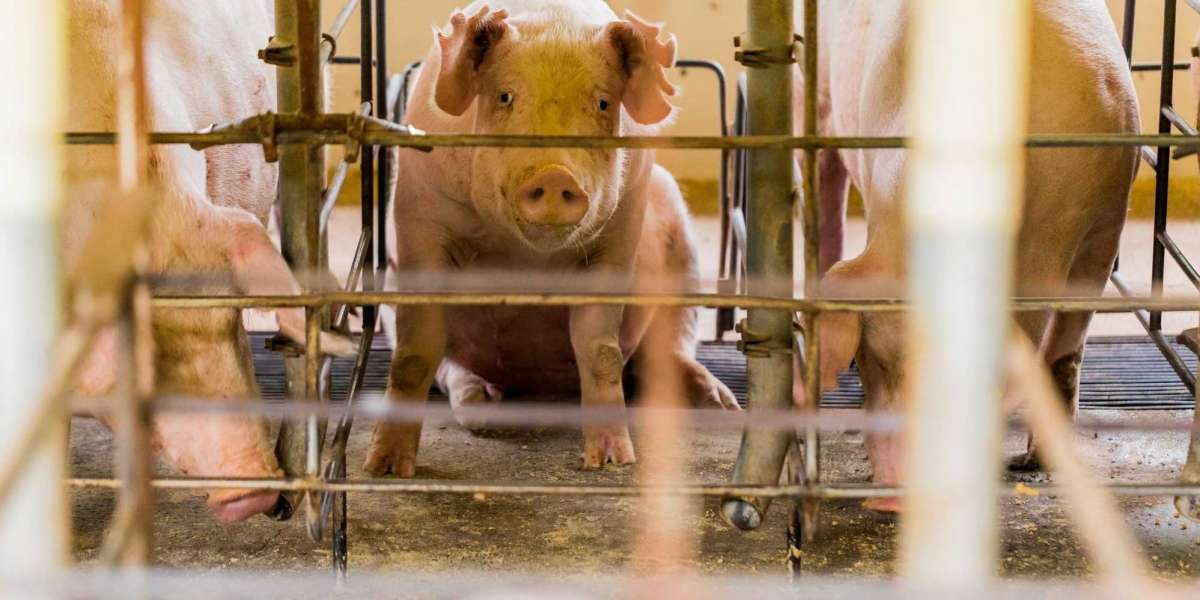The consumption of meat is deeply embedded in various cultures around the world, and its demand continues to rise. However, the environmental costs of the meat industry cannot be ignored. From deforestation to water pollution, the negative impacts of this industry are far-reaching. It is crucial to understand and address these environmental meat industry costs if we want to create a sustainable future.
Deforestation is one of the most significant environmental costs of the meat industry. Forests are cleared at an alarming rate to make way for livestock grazing and the production of animal feed crops. This destruction of natural habitats not only leads to the loss of biodiversity but also contributes to climate change. Forests act as carbon sinks, absorbing carbon dioxide and regulating the global climate. With the continuous expansion of the meat industry, the destruction of forests intensifies, releasing vast amounts of carbon dioxide into the atmosphere.
Water pollution is another consequence of the meat industry. Livestock produce significant amounts of waste, filled with nitrogen and phosphorus. This waste often ends up in nearby water bodies, causing eutrophication. This process results in excessive plant and algae growth, oxygen depletion, and the death of aquatic species. The pollution of water resources not only harms ecosystems but also compromises the quality of drinking water for both humans and animals.
The meat industry also has a significant impact on freshwater consumption. Animal agriculture requires large amounts of water for irrigation, drinking, and the processing of meat products. As the demand for meat increases, so does the pressure on water resources. This becomes especially problematic in regions where water scarcity is already a pressing issue. The high water footprint of the meat industry exacerbates the global water crisis and results in unequal access to this vital resource.
Greenhouse gas emissions are a critical concern when discussing the environmental costs of the meat industry. Methane, a potent greenhouse gas, is produced by livestock during digestion and manure decomposition. The large-scale production of meat leads to a significant increase in methane emissions, contributing to global warming. Additionally, the transportation and processing of meat products further contribute to carbon emissions, exacerbating the climate crisis.
The overuse of antibiotics in animal agriculture is another pressing environmental concern. Livestock raised for meat production often receive regular doses of antibiotics to promote growth and prevent the spread of diseases in crowded conditions. This excessive use of antibiotics has led to the development of antibiotic-resistant bacteria, posing a severe threat to human health. As these bacteria spread through the environment, they further contribute to the environmental costs of the meat industry.
To mitigate the environmental costs of the meat industry, sustainable practices must be adopted. This includes reducing deforestation for livestock grazing and animal feed production by promoting alternative feed sources, such as algae or insect-based protein. Implementing stricter regulations to control water pollution from livestock waste and adopting innovative water-saving techniques can help alleviate the strain on freshwater resources. Additionally, promoting plant-based diets and reducing meat consumption can significantly reduce greenhouse gas emissions and foster a more sustainable food system.
Putting a price tag on sustainability in the meat industry is essential for creating a measurable impact. Economic incentives and penalties can encourage companies to adopt more sustainable practices, such as investing in renewable energy or implementing carbon offset programs. Governments can also play a vital role by imposing regulations and taxes on environmentally damaging practices, while promoting and subsidizing sustainable alternatives.
In conclusion, the environmental costs of the meat industry are substantial and far-reaching. Deforestation, water pollution, freshwater consumption, greenhouse gas emissions, and antibiotic resistance all contribute to the ecological footprint of this industry. Addressing these costs through sustainable practices and economic incentives is crucial for creating a more sustainable food system and preserving our planet for future generations.














